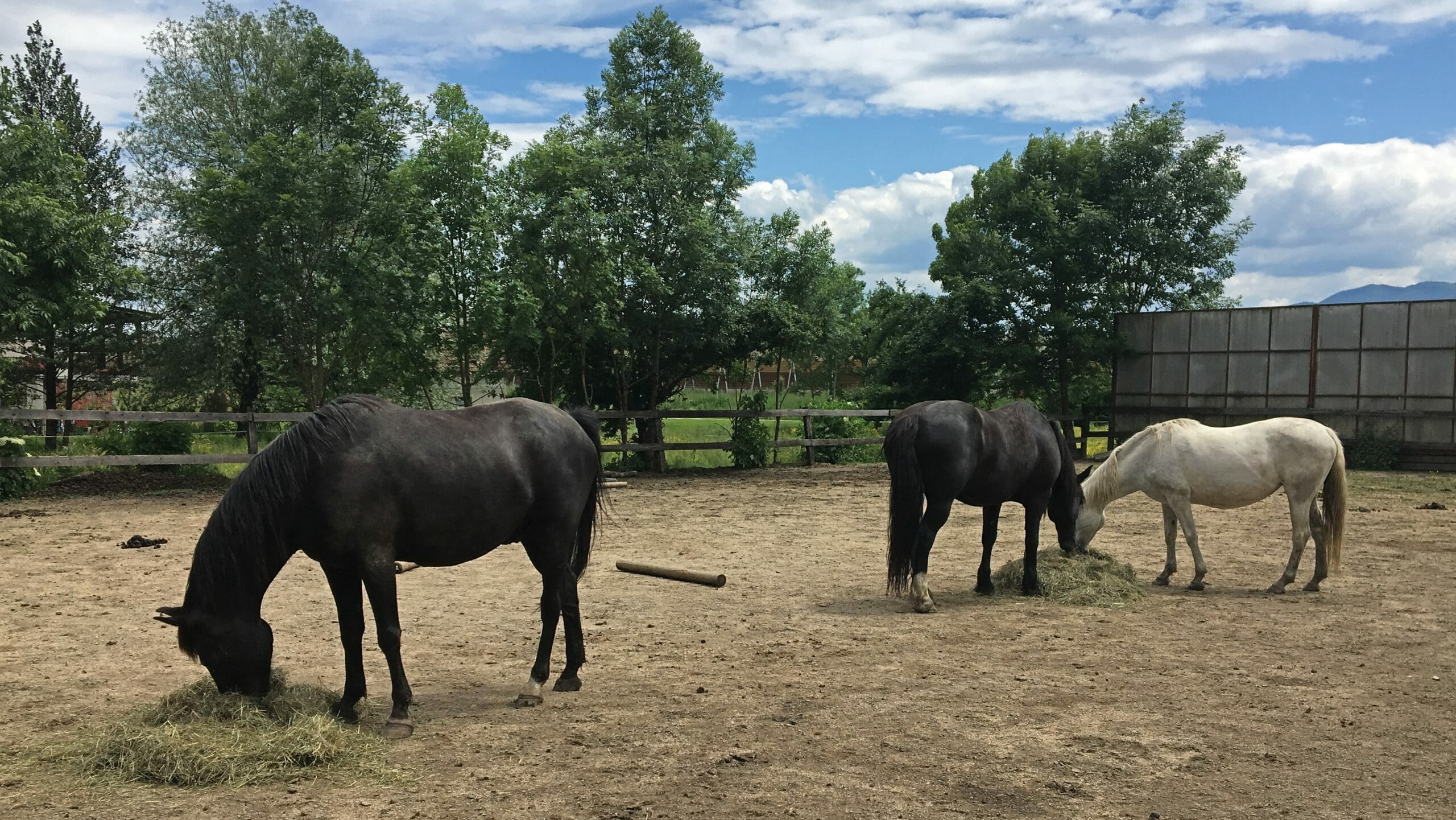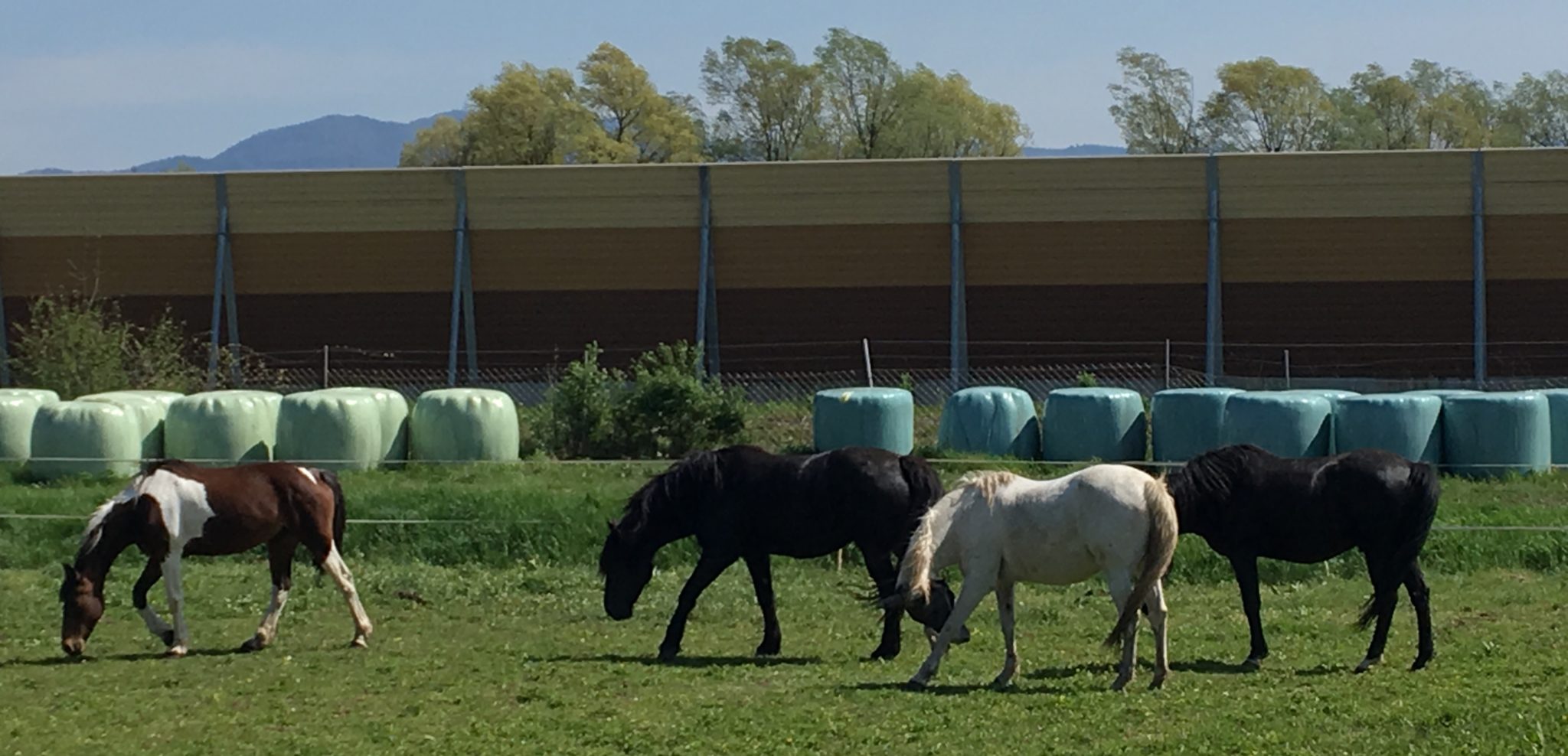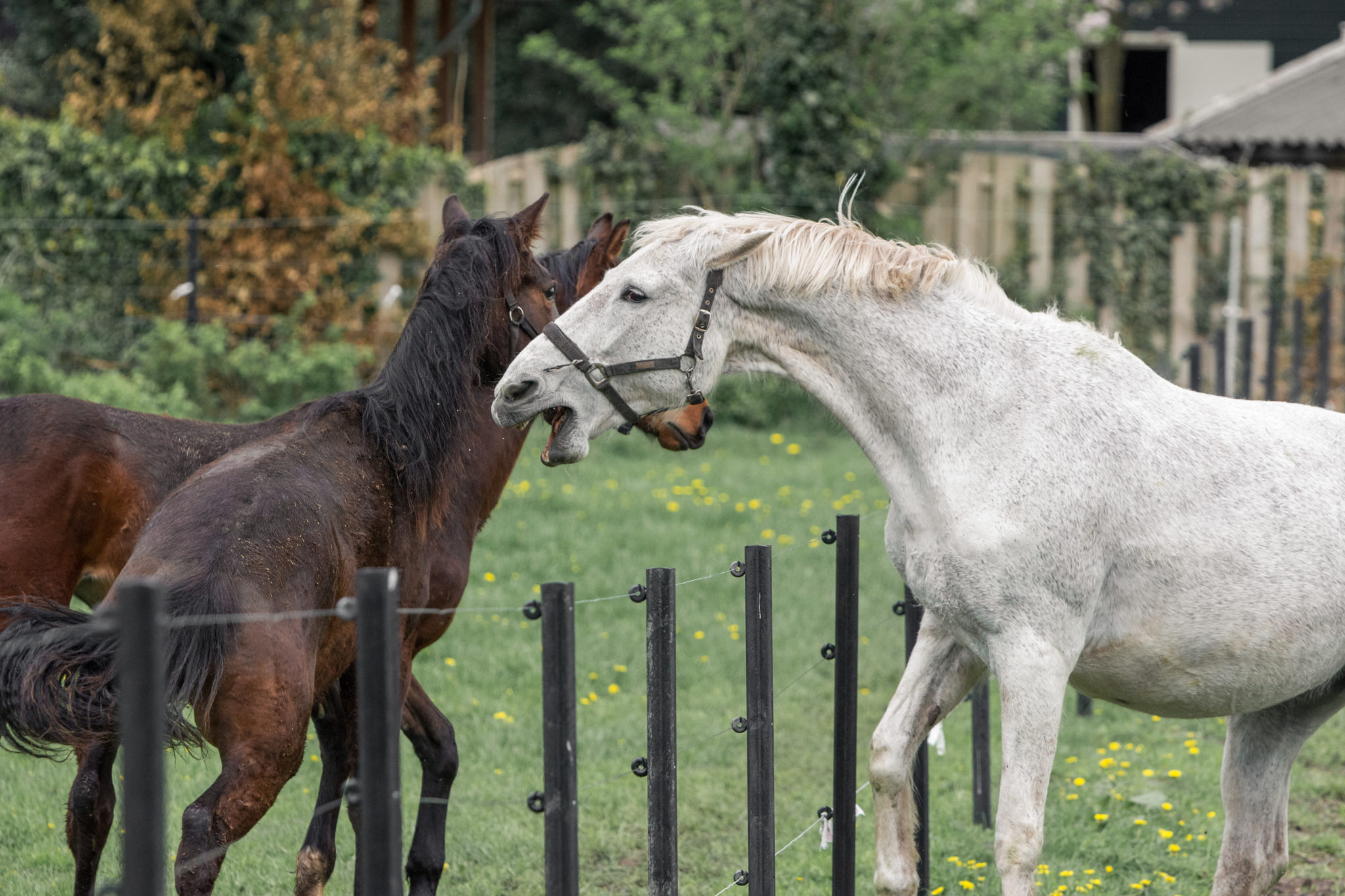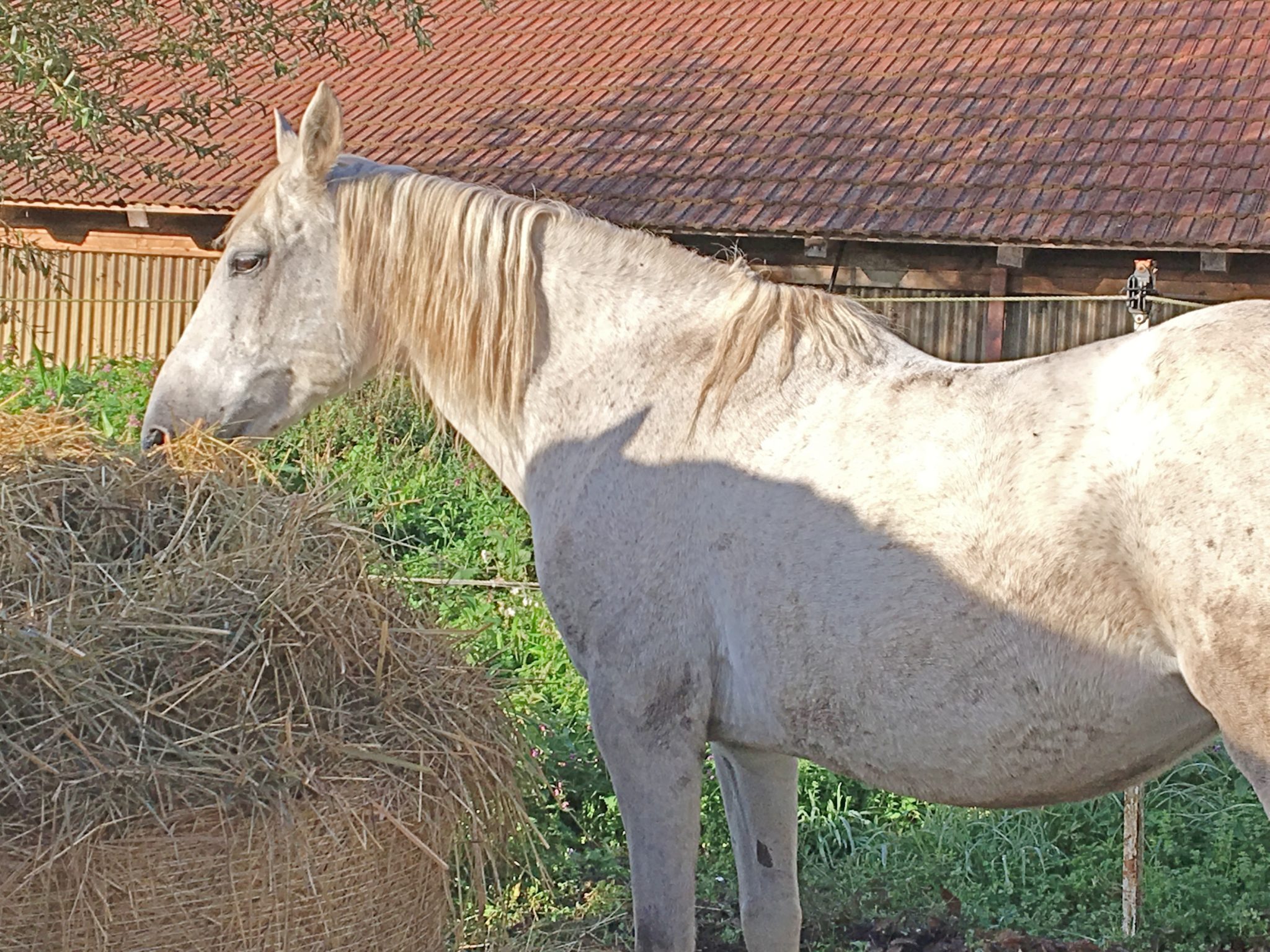A Healthy Posture for Horse and Rider

As responsible horse owners and riders, our goal is to keep our horses happy, healthy and strong. The purpose of training a horse is to strengthen his core, train his connective tissue and improve his balance and coordination in order to make it easy for him to perform athletic feats and carry the weight of the rider.
If you are reading this, chances are you already know just how complex that mission is. A strong, well balanced horse who enjoys his work shows it off in his body. You can tell a horse has been working correctly by looking at the development of his muscles and his general posture.
Creating that beautiful, strong and confident posture is a long process that requires endless amounts of patience, creativity and learning. We are often so immersed in our training methods that we forget that training isn’t the only thing that makes or breaks the posture we are after.
It is easy to imagine that if we do everything right in that one hour of training a day, we will automatically get the results we are after – a confident and supple horse. What we tend to forget is that the other 23 hours matter too! It’s not just our horses, this goes for us too.
If we do yoga for an hour three times a week that’s great, but if we spend eight hours sitting down behind the computer every day, the benefits of our exercise time will be stunted and we might only see very little progress.
When it comes to creating a healthy posture, in horse or human, the everyday habits are the ones that play a key role.
Here are a couple of easily overlooked reasons why your horse might not be developing as nicely as he could be.

A lack of movement
When aiming for good posture, keep in mind that natural movements and a natural environment are two things that make positive changes.
Horses in nature move much more than they do in our modern environments, so providing them with ample movement opportunities will help keep their muscles soft and elastic, and their connective tissues springy.
An open stable or a paddock paradise system works best. If you can, provide your horse with an environment that isn’t flat and boring, but has some inclines (of course be careful when these turn slippery on rainy days), small hills and different footing.
If you have limited space, provide them with obstacles to step over and encourage movement by placing small stacks of hay in different places. Sharing the living space with buddies not only encourages movement, but offers an opportunity for play!

Stress
Stress can have a huge negative impact on your horse’s health! From a weakened immune system, to system-wide inflammation, to a higher risk of laminitis, stress really is the silent killer! No wonder that it can negatively impact his posture too. A stressed horse will generally have a very different posture than a relaxed horse.
Anxious, hyper-vigilant horses tend to have their guard up at all times, which in horses translates to a high head carriage and a hollow back. If this is the posture your horse spends several hours in when he is on his own, no wonder that he has trouble rounding his back and lifting through his thoracic sling when it’s time to carry you!
Aim to reduce stress in your horse’s life as much as you can. Make sure he feels good and is able to relax in his environment. Having a good relationship with his horsey buddies is an important part of this.
The horse who gets bullied all the time and has to fight for every scrap of hay will most likely not feel very relaxed and it will show in his posture. Like people, not all horses get along with each other, so make sure your horse actually enjoys spending time with his buddies.

Feeding habits
Horses evolved to eat off the ground and to this day this is the healthiest eating posture for them. Sure, reaching up to grab some tasty leaves off a bush or an apple from a tree is completely fine, but the majority of feed should be consumed from ground level.
Eating from higher up isn’t as comfortable for the horse, so if the horse is forced to eat like that, his connective tissue comes to the rescue! It creates restrictions which act as support, to make this posture easier. Unfortunately, what this also does is make a nice long, stretched out neck posture harder.
Not great when you’re trying to teach your horse how to correctly move in a nice forward, out and down posture, huh? Some variation in feeding postures is definitely a good thing, but keep in mind that the development of your horses’ muscles will always reflect the posture he spends most of his time in.
So, there you have it, a couple of reasons why your horse might be having a hard time building a nice topline and elastic movements. Keep in mind that training horses is a multi-faceted challenge where all the pieces of the puzzle have to fit together. It’s not just the training, it’s the other 23 hours too!
In the words of Katy Bowman, an absolutely brilliant biomechanist and self-described movement nerd: "Watch your habits, for they become your posture. Watch your posture, for it creates your boundaries. Watch your boundaries, for they restrict your growth. Watch your restrictions, for they create immobility. Watch your immobility, for it becomes your illness."